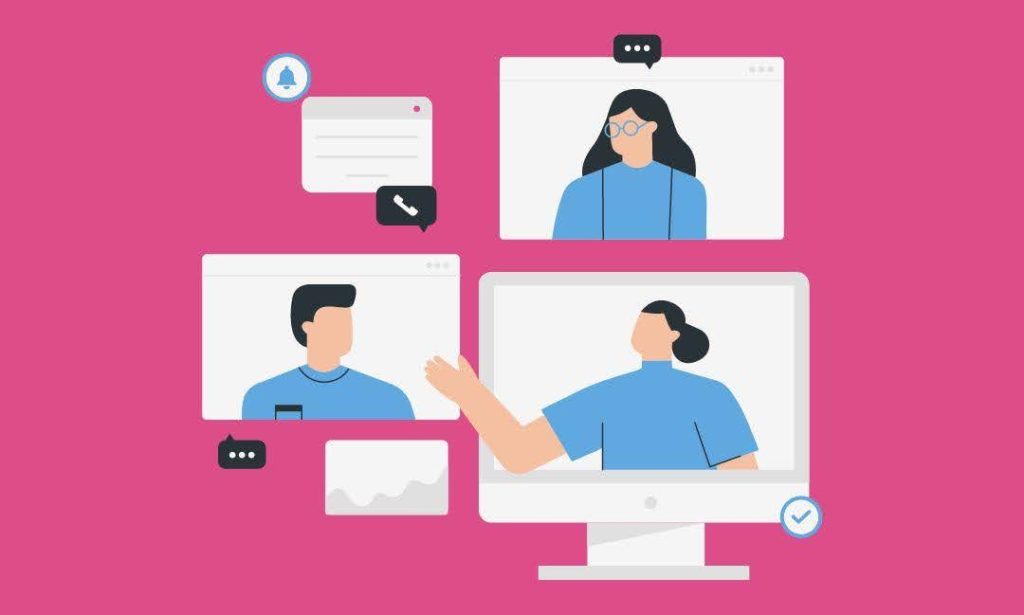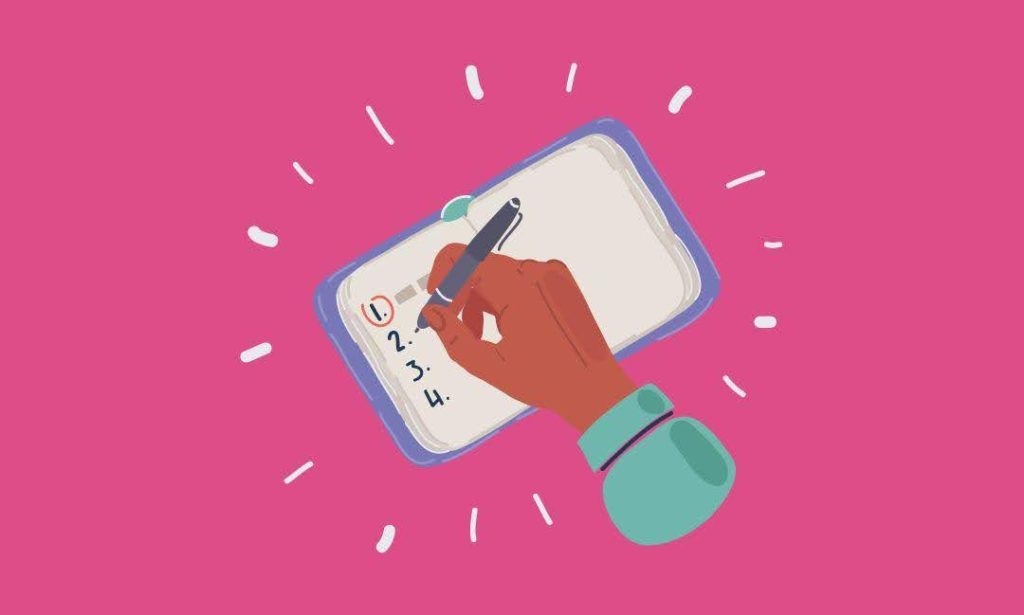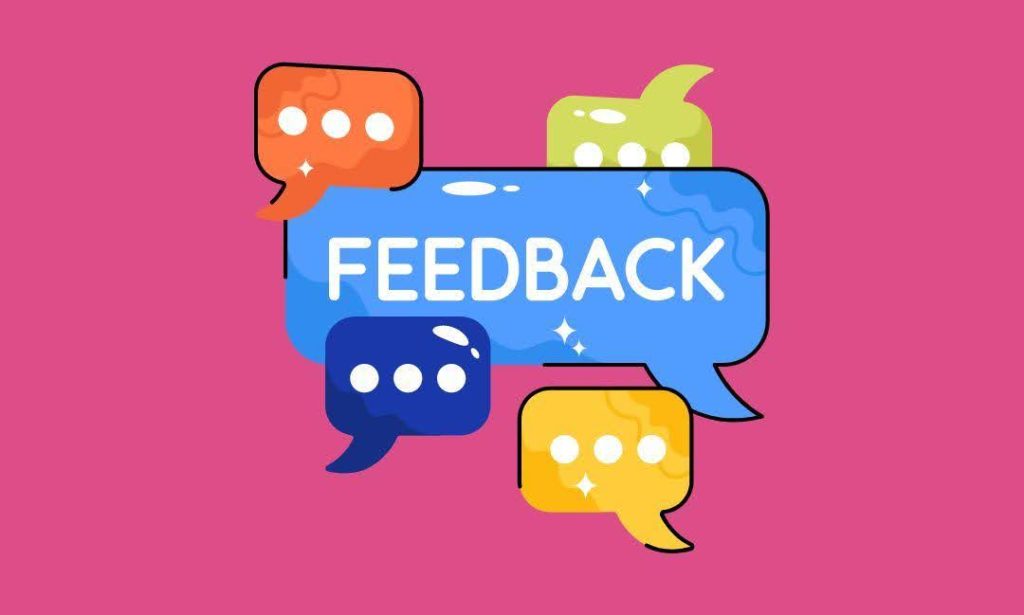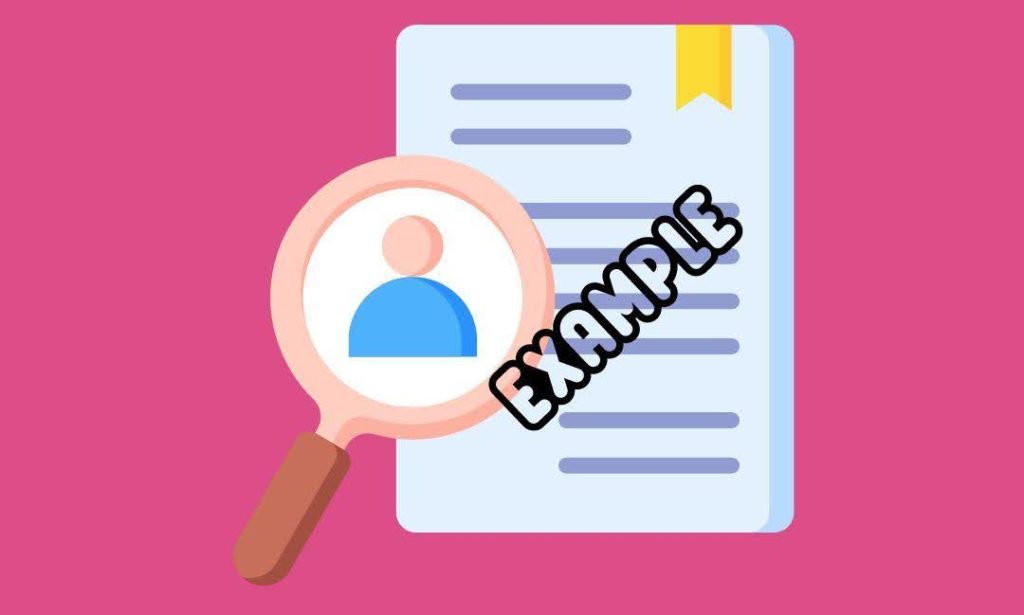Company-wide all-hands meetings can happen for many reasons and purposes, which almost always involve sharing some important information. Creating a healthy company culture through regular all-hands meetings is crucial for companies of all sizes that aim to ensure pan-organizational alignment.
Let’s begin!
What are All-hands Meetings?
An all-hands meeting, often confused with town halls, are structured, formal company-wide meetings with a defined structure and agenda, typically involving important updates, announcements, etc that impact the entire organization.
Townhalls, on the other hand, are typically company-wide meetings that are less structured, and without any rigid agenda, which involves senior management or leadership engaging in open discussions with the employees.

The forum’s objective is to:
- Share important company updates
- Discuss organizational goals and strategies
- Celebrate achievements and milestones
- Address employee concerns or questions
Elements of Effective All-hands Meetings
a) Clear Purpose and Agenda

The agenda should include the purpose of the meeting, a list of subjects to be discussed and their respective goals, time slots, and facilitator assignments. This agenda ensures that all pertinent topics are discussed throughout the meeting by offering a clear path forward.
b) Leadership Presence and Participation

Avoid attending too many meetings where you won’t be able to contribute much. Steer clear of gatherings where attendance is completely unnecessary. When you receive an invitation to a meeting, before accepting, find out what your job will be and make sure the meeting really needs you there.
d) Engaging Presentation Styles

Different presentation styles should be used in all-hands meetings to keep participants’ interest and attention. Multimedia presentations, invited speakers, interactive surveys, and even in-person introductions of brand-new features or items could help in making the all-hands meeting more engaging and successful.
e) Follow-up and Action Items

Good all-hands meetings extend beyond the meeting’s conclusion. Sending out follow-ups or minutes of the meeting to all stakeholders helps create sustained impact. It’s crucial to include a synopsis of the main agenda, recommendations, and future steps in your follow-up. This guarantees that the knowledge exchanged in the meeting results in concrete actions.
f) Feedback Mechanism

Establishing a mechanism to gather input during all-hands meetings enables companies to make improvements in their subsequent meetings. Sending out comment cards, feedback forms or employee surveys post the meeting can prove super helpful in this context.
These components help organizations create impactful all-hands meetings that improve team morale.
Benefits of All-hands Meetings
All-hands meetings, when conducted well, can provide a number of advantages for businesses, greatly impacting company culture, boosting team spirit and overall business performance.
The following are some of the main benefits:

a) Enhanced Transparency and Trust
All-hands meetings give the organization’s leadership a forum to freely communicate with all members. This openness fosters a sense of trust between staff and management. Employees are more likely to feel involved and appreciated when they believe they are informed about corporate decisions, challenges, and accomplishments.
b) Improved Alignment and Focus
Organizations may make sure that every employee is in line with the business mission and objectives by communicating company goals, progress, and strategies during all-hands meetings. This alignment increases overall productivity and effectiveness by directing team and individual efforts towards shared objectives.
c) Fostering a Sense of Community
Employee isolation and disconnection are common in large organizations and remote work environments. Everyone gathers for all-hands meetings , promoting a feeling of belonging and community. This can be especially helpful in raising employee spirits and forging a cohesive corporate culture.
d) Improved Internal Communication
All-hands meetings have the potential to prevent or avoid spread of false information and rumors by creating a consistent communication schedule for the entire organization. They can facilitate internal communication procedures and offer a reliable source of information.
e) Opportunity for Innovation and Idea Sharing
All-hands meetings can foster innovation if they are designed to promote employee engagement. Workers from several departments could exchange concepts or revelations that give rise to fresh projects or advancements.
f) Enhanced Problem-Solving
All-hands meetings, which bring different viewpoints together, can occasionally result in unanticipated answers to organizational problems. Employee input is crucial in certain situations, and all-hands can prove to be the perfect platform in such scenarios.
Strategies for Effective Facilitation
A productive all-hands meeting can be conducted in many ways, providing everyone involved the opportunity to participate and get useful information.

a) Careful Planning and Preparation
All-hands gatherings that are successful are not accidental. They require careful planning and preparation:
- Set clear objectives for each meeting
- Create a detailed agenda and share it in advance
- Prepare speakers and presentations thoroughly
- Test any technology or equipment beforehand
- Consider the timing and duration of the meeting to maximize attendance and engagement
b) Start Strong
The beginning of the meeting sets the tone for the entire session:
- Begin on time to respect everyone’s schedule
- Open with an energetic welcome and clear statement of the meeting’s purpose
- Consider starting with a brief icebreaker or engaging activity to capture attention
c) Maintain a Positive and Inclusive Atmosphere
The overall tone of the meeting can significantly impact its effectiveness:
- Use inclusive language that makes all employees feel valued
- Encourage participation from a diverse range of employees
- Address challenges with a solutions-oriented approach
- Celebrate successes and recognize contributions
d) Utilize Engaging Presentation Techniques
Keep the audience engaged throughout the meeting:
- Make use of a range of presentation forms, such as live demos, videos, and slides.
- Include illustrations to highlight important ideas.
- Use storytelling techniques to make information more memorable
- Include interactive elements like polls or Q&A sessions
e) Encourage Active Participation
Transform the meeting from a one-way information download to an interactive session:
- Allocate time for questions and answers
- Use breakout sessions for smaller group discussions
- Implement live polling or surveys during the meeting
- Encourage employees to share their own updates or success stories
f) Manage Time Effectively
Respect everyone’s time by managing the meeting efficiently:
- Stick to the agenda and allotted time for each segment
- Use a timekeeper to stay on track
- Be prepared to table lengthy discussions for follow-up meetings
- End on time, even if it means scheduling follow-ups for unaddressed items
g) Leverage Technology
Especially important for remote or hybrid teams:
- Use reliable video conferencing software
- Implement tools for live Q&A and polling
- Provide options for asynchronous participation (e.g., recording the meeting)
- Use collaborative tools for real-time note-taking or idea sharing
h) Address Challenges
Build trust among employees by being open about company challenges:
- Don’t shy away from discussing difficulties
- Present challenges as opportunities for growth
- Involve employees in problem-solving discussions
- Follow up with updates on how challenges are being addressed
i) Follow Up Effectively
The impact of the meeting should extend beyond its duration:
- Send out a summary of key points and action items
- Share recordings or transcripts for those who couldn’t attend
- Create channels for ongoing discussion of topics raised
- Implement a system to track and report on progress of initiatives discussed
j) Gather and Act on Feedback
Continuously improve your all-hands meetings:
- Conduct post-meeting surveys to gather feedback
- Analyze attendance and engagement metrics
- Act on suggestions for improvement
- Regularly review and adjust your meeting format
k) Rotate Meeting Hosts and Presenters
Keep things fresh and diverse:
- Allow different leaders or teams to host sections of the meeting
- Encourage employees from various levels to present updates or projects
- Consider having guest speakers or industry experts, occasionally
l) Balance Formality and Informality
Strike the right tone for your company culture:
- Maintain a professional structure while allowing for moments of levity
- Consider including informal elements like team-building activities or casual Q&A sessions
- Adapt the tone to fit the content (e.g., more serious for financial updates, more celebratory for achievements)
m) Address Remote and In-Person Attendees Equally
In hybrid settings, ensure equal participation:
- Use technology to make remote participants visible and audible
- Actively solicit input from remote attendees
- Consider rotating between fully remote and in-person meetings, if possible
n) Provide Context and Continuity
Help employees see the bigger picture:
- Relate current updates to past meetings and future goals
- Provide background information for new initiatives or changes
- Show progress over time on ongoing projects or company metrics
o) End on a High Note
Leave employees feeling motivated and positive:
- Summarize key takeaways
- Reiterate important next steps or action items
- End with an inspirational message or call to action
- Consider closing with a team-building activity or shared goal-setting exercise
Real-world Examples and Case Studies
Let’s look at how some successful businesses have used all-hands meetings to improve team morale and promote organizational success in order to fully comprehend their influence.

a) Google’s TGIF Meetings
The TGIF (Thank God It’s Friday) gatherings are one of the main activities that promoted this culture. These weekly question-and-answer sessions with the executives were vital to preserving open lines of communication in a business that was expanding quickly.
Key Features:
- Held every Friday of the week
- Led (until 2019) by founders Sergey Brin and Larry Page
- Open Q&A session where employees can ask leadership anything
- Product demonstrations and updates
- Acknowledgment of staff accomplishments
Impact: It’s been said that Google’s TGIF gatherings have promoted an open and inventive atmosphere. They’ve made it possible for staff members to relate to Google’s leadership and mission despite the company’s enormous size. Important concerns have come to light and been addressed as a result of the open Q&A format, indicating the company’s dedication to employee voices.
b) Zappos’ All-Hands Meetings
Sales reports and updates on management objectives are common elements of the Zappos quarterly “all hands” meeting, but there are also many unique twists.
Key Features:
- Held quarterly
- Includes updates on company performance and goals
- Heavy emphasis on company culture and core values
- Interactive elements like skits and games
- Employee recognition and awards
Impact: All-hands meetings at Zappos have been essential to preserving the company’s strong culture as it has expanded. Zappos guarantees high attendance and participation by making the sessions enjoyable and participatory. These sessions’ focus on core principles has kept all staff members in line with the company’s goals, which has helped explain Zappos’s stellar reputation for both employee and customer happiness.
c) Buffer’s All-Hands Calls
All Hands meetings at Buffer are a terrific way to speak candidly with the entire company at once. Their All-hands meetings may appear a little different from conventional office-based gatherings, because the organization is completely remote and operates across many time zones.
Key Features:
- Held weekly
- Rotates through different time zones to accommodate global team
- Recorded for those who can’t attend live
- Includes company updates, team showcases, and open Q&A
Impact: Buffer’s all-hands calls have been crucial in fostering a strong corporate culture in spite of team members’ geographical separation. The company’s dedication to diversity is demonstrated by the rotation of meeting times. By consistently sharing company metrics and financials during these calls, Buffer reinforces its value of transparency, which has contributed to high levels of employee trust and engagement.
Conclusion
Organizing all-hands meetings regularly can be crucial to growing your company.
There isn’t a set formula for a successful all-hands operation. Still, you can get close to one another by communicating succinctly and holding frequent meetings. Hence, the entire company is on the same page.
FAQ
All-hands meetings are company-wide gatherings where employees from all levels come together to align on the organization’s goals. These meetings often involve opportunities for team members to engage with one another.
Five strategies to ensure the success of your all-hands meetings
- Prepare a solid agenda
- Create a dynamic meeting deck
- Speak to your audience in a tone that justifies the agenda
- Make interaction a priority.
- Be transparent and inclusive.
Some examples of questions that you can ask at your next All-hands meeting are:
- Which of the most recent projects have you been happy with?
- Which ones didn’t live up to your expectations?
- How did we do in the previous quarter? What do you believe our team performed best as a whole?
All-hands meetings boost team morale by fostering a sense of transparency within the organization. By providing a platform for open communication, employees feel informed. This inclusivity contributes to higher levels of motivation among team members.
All-hands meetings often cover topics such as upcoming projects to enhance team morale.
Additionally, they may include initiatives aimed at creating an inclusive work environment.
These topics ensure that employees feel engaged with the company’s values.












